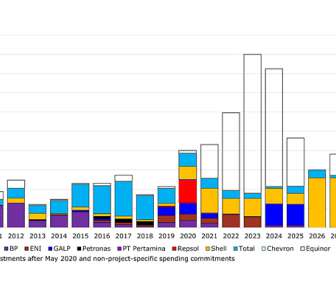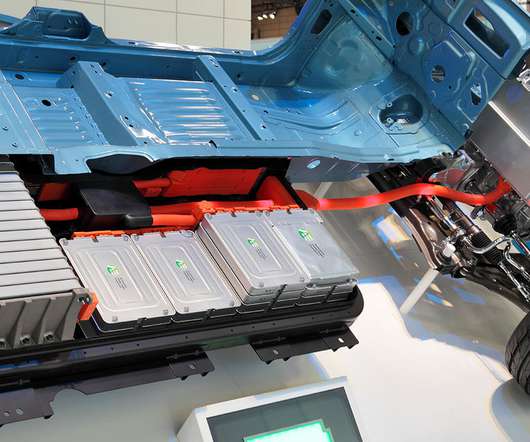Wind-to-Hydrogen Tech Goes to Sea
Cars That Think
AUGUST 19, 2023
Wind and solar parks produce a large portion of their energy. Then, as now, wind farms are operating off the world’s coasts—but not all of these offshore sites are connected to the mainland via underwater power cables. Some of the wind farms instead sit in clusters more than 100 kilometers out at sea.






























Let's personalize your content